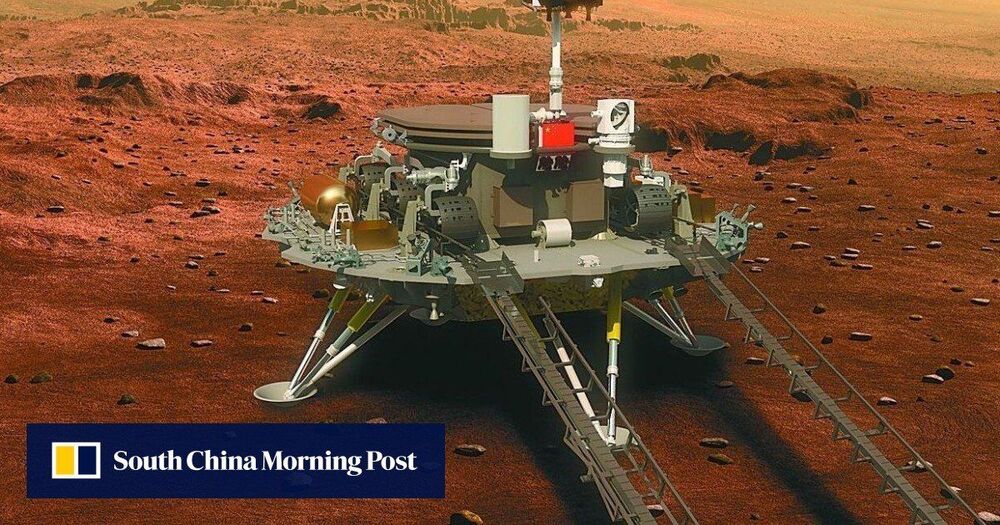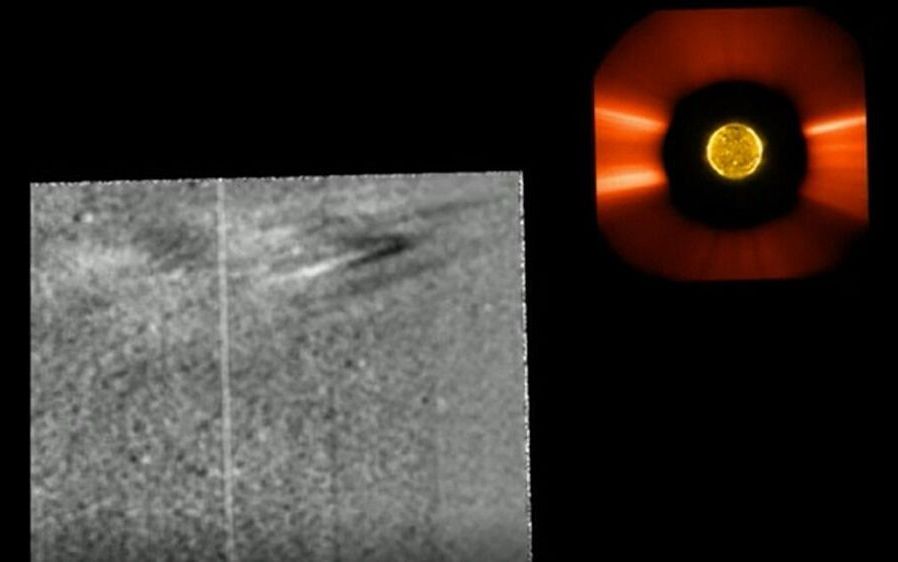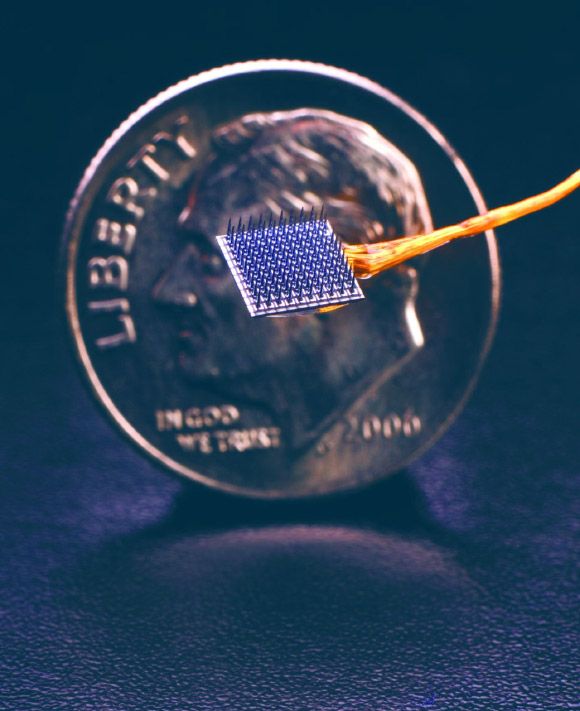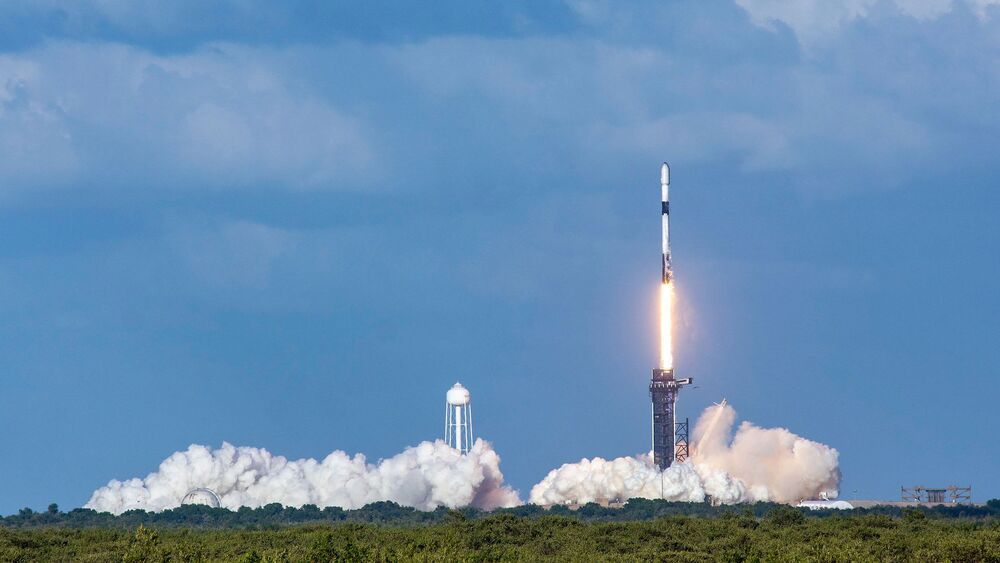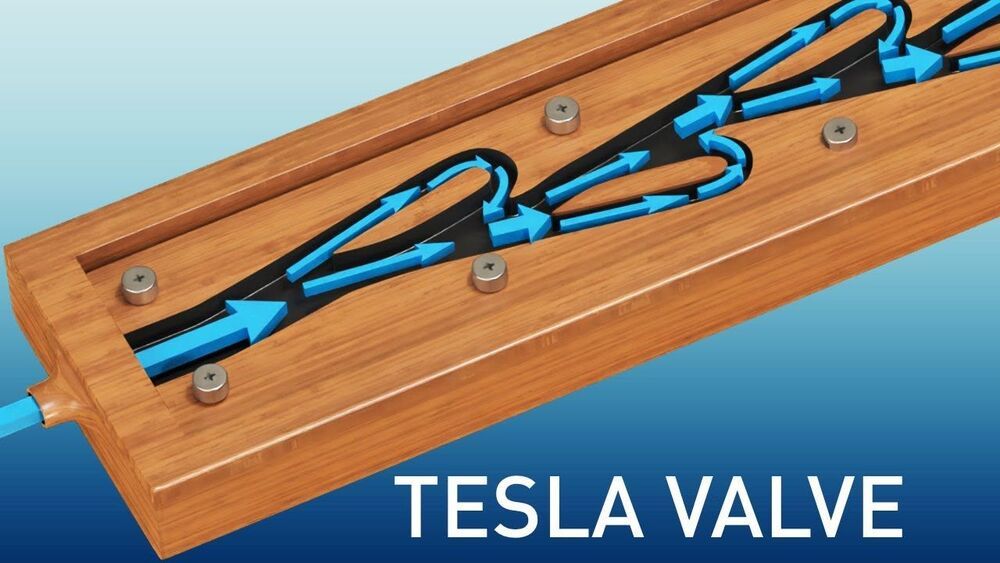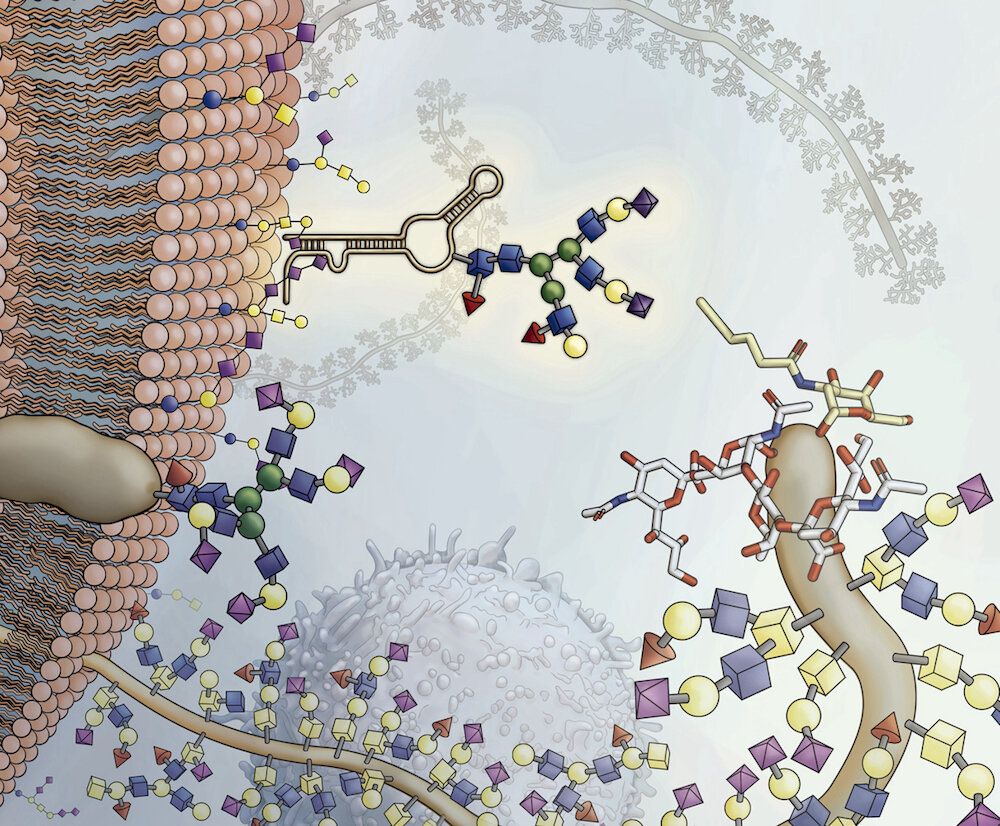Photon counting and reliable photon number resolving, until now, only partially available utilizing esoteric EMCCD technology in highly controlled laboratory environments, is now possible with a compact form-factor camera, operating at room temperature — with the additional benefits of higher resolution and speed. “The ability to do photon counting at room temperature is a game changer for our research efforts in Astrophysics and Quantum Information Science,” said Dr. Don Figer, Director of Center for Detectors and the Future Photon Initiative in the College of Science, Rochester Institute of Technology.
Sorry, we’re having trouble playing this video.
Learn More.
South China Morning Post.
· MtanSrhypf 16on omasrot i1ro: eSada41o uAfaMSgt ·
China’s Mars rover Zhu Rong successfully landed on the red planet after “nine minutes of terror”.
Read the full report.
The US-European Solar Orbiter mission caught footage of a coronal mass ejection bursting out of the sun’s atmosphere during the spacecraft’s first close pass by our star.
These clever semiconductors make our internet-connected world go round. In addition to iPhones and PlayStations, they underpin key national infrastructure and sophisticated weaponry.
But recently there haven’t been enough of them to meet demand.
The reasons for the ongoing global chip shortage, which is set to last into 2022 and possibly 2023, are complex and multifaceted. However, nations are planning to pump billions of dollars into semiconductors over the coming years as part of an effort to sure up supply chains and become more self-reliant, with money going toward new chip plants, as well as research and development.
Researchers with the BrainGate Collaboration have deciphered the brain activity associated with handwriting: working with a 65-year-old (at the time of the study) participant with paralysis who has sensors implanted in his brain, they used an algorithm to identify letters as he attempted to write them; then, the system displayed the text on a screen; by attempting handwriting, the participant typed 90 characters per minute — more than double the previous record for typing with a brain-computer interface.
So far, a major focus of brain-computer interface research has been on restoring gross motor skills, such as reaching and grasping or point-and-click typing with a computer cursor.
WASHINGTON — The Tyvak-0130 rideshare payload that flew to orbit May 15 on a SpaceX Falcon 9 carries a miniature space telescope for possible commercial use.
The technology was developed by Tyvak Nano-Satellite Systems and the Lawrence Livermore National Laboratory under a four-year agreement to advance compact telescopes for commercial applications, Tyvak’s CEO Christian “Boris” Becker said in an interview with SpaceNews.
Becker, a retired U.S. Navy rear admiral, was recently named chief executive of Tyvak, a satellite manufacturer in Irvine, California, owned by Terran Orbital.
Attempting to model the universe as precisely as possible is to try to see the one thing that even the strictest atheist agrees is everlasting.
Machine learning algorithms have gained fame for being able to ferret out relevant information from datasets with many features, such as tables with dozens of rows and images with millions of pixels. Thanks to advances in cloud computing, you can often run very large machine learning models without noticing how much computational power works behind the scenes.
But every new feature that you add to your problem adds to its complexity, making it harder to solve it with machine learning algorithms. Data scientists use dimensionality reduction, a set of techniques that remove excessive and irrelevant features from their machine learning models.
Dimensionality reduction slashes the costs of machine learning and sometimes makes it possible to solve complicated problems with simpler models.
A check valve without mechanical parts.
The eccentric inventor is known for dabbling with electricity, but his Tesla valve is impressing scientists anew.
A literature search revealed that one of the Siglec molecules had been previously linked to the autoimmune disease lupus. Finding connections between these different kinds of molecules starts to fill in a new and emerging picture of biology, Bertozzi says. That picture may look something like this: RNA hangs out on the cell surface, decorated with sugars. These sugars stick to Siglec proteins that help the immune system distinguish friend from foe.
In a surprise find, scientists have discovered sugar-coated RNA molecules decorating the surface of cells.
These so-called ‘glycoRNAs’ poke out from mammalian cells’ outer membrane, where they can interact with other molecules. This discovery, reported May 17, 2021, in the journal Cell, upends the current understanding of how the cell handles RNAs and glycans.
“This was probably the biggest scientific shock of my life,” says study author Carolyn Bertozzi, a Howard Hughes Medical Institute Investigator at Stanford University. “Based on the framework by which we understand cell biology, there’s no place where glycan sugars and RNA would physically touch each other.”

